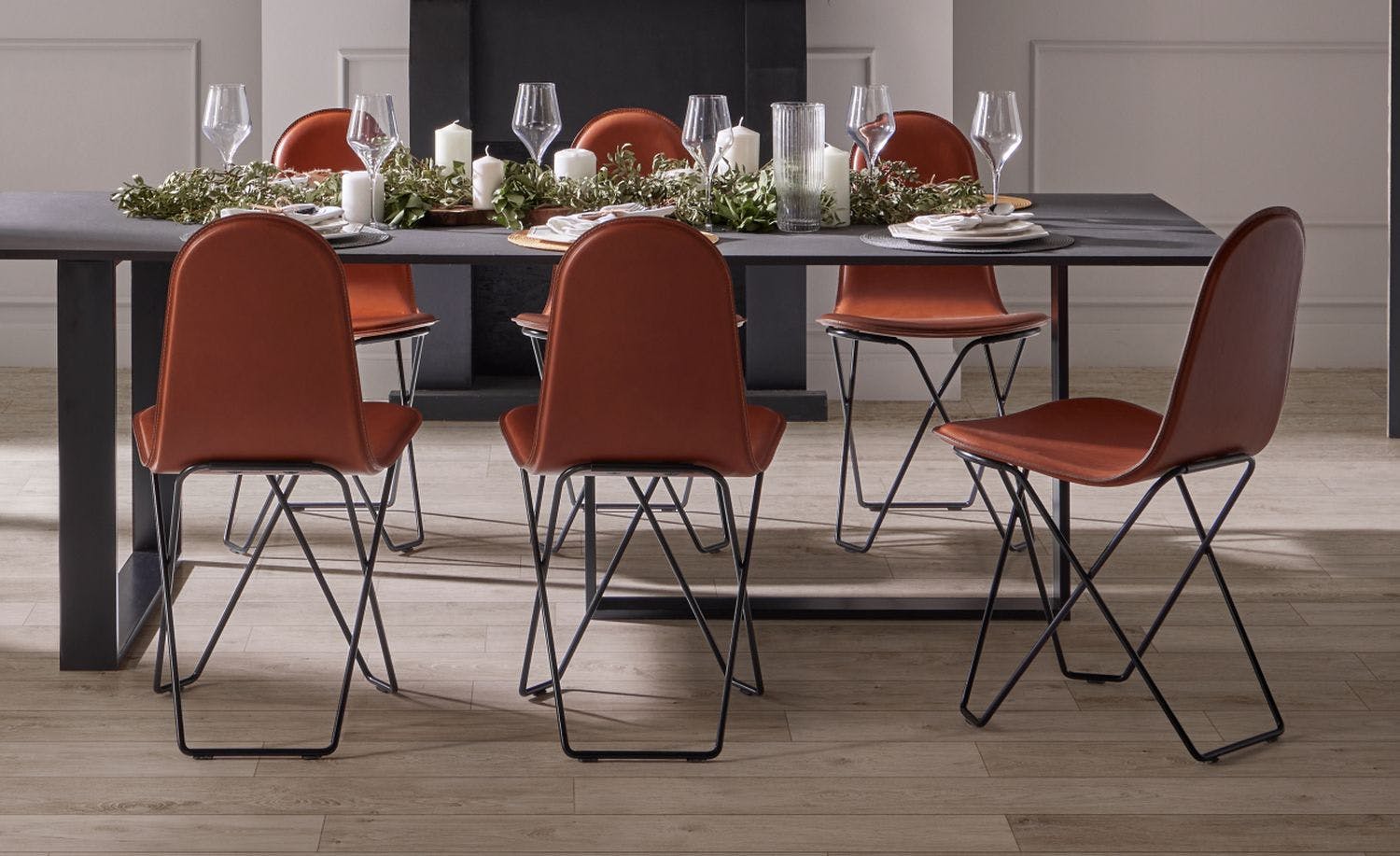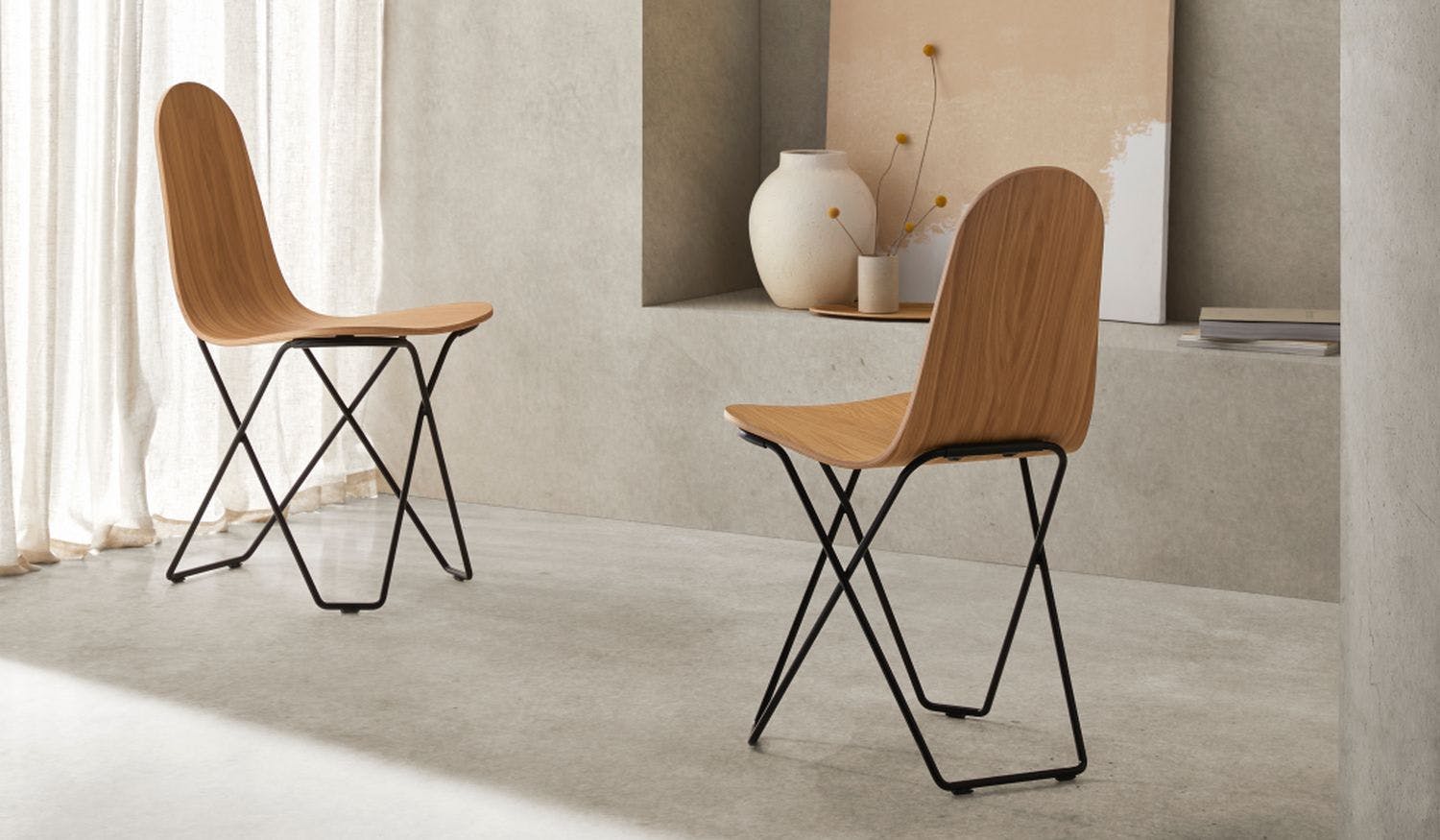How to decorate with contrast
Get ready to embark on an adventure through the exciting world of interior design! Buckle up and let's dive into the captivating realm of contrast.
Imagine a magical canvas where colors come alive and dance in perfect harmony. In interior design, contrast is the ultimate wizard that wields the power to create visual interest and captivate our senses.
Picture this: vibrant blues teasing the fiery oranges, or the passionate reds playfully mingling with lush greens. It's like a thrilling game of opposites attracting, where visual tension becomes an enchanting spectacle that leaves us spellbound.
Contrast isn't just about colors; it's a symphony of different materials, textures, and patterns intertwining to create a tapestry of beauty.
Imagine touching smooth silk next to rough-hewn wood, or the sleek shine of metal against the warmth of plush velvet. These contrasting elements transform a space into a multi-dimensional wonderland, where each touch reveals a delightful surprise.
But that's not all—prepare to have your senses awakened by the bold play of scale and proportion. Picture a room where mighty giants and delicate sprites coexist.
The juxtaposition of sizes and shapes creates a harmonious balance, capturing our attention and leading our gaze to breathtaking focal points. It's like a visual riddle waiting to be solved, keeping us engaged and mesmerized.
Now, close your eyes and let your imagination run wild as we explore the mystical dance of light and shadow. A magical interplay of luminosity transforms a space into a living, breathing entity. Soft light caresses delicate features, while mysterious shadows add depth and intrigue. This interplay adds a touch of enchantment to every corner, drawing our eyes towards hidden treasures and secret nooks.
In the mesmerizing world of interior design, contrast reigns supreme. It weaves its magic to create visual interest, define spaces, and guide our wandering gaze towards captivating wonders. So, dare to embrace contrast, and watch as your space transforms into a dynamic, cohesive, and visually captivating masterpiece that will leave everyone spellbound.
Here are three ways you can use contrast in your home
1. Transform Your World with Color Contrast

Color contrast is the electrifying force that breathes life into your space.
The magic lies in the contradiction between black and white, dark and light hues.
In a predominantly light-colored room, strategically sprinkle darker accents to catch the eye and highlight key elements.
Alternatively, a vibrant pop of color can create a striking contrast in an all-white space or add zest to a darker wall.
Remember, balance is key!
Use the 60-30-10 rule: 60% for the main color, 30% for a secondary color, and a mere 10% for accent hues.
Let color contrast be your secret weapon in crafting an unforgettable, visually captivating space.
2. Mixing and Matching Different Textures Can Completely Revamp the Feel of Your Space
Fluffy sheepskin gives contrast agains the smooth lines of the floor
Texture contrast is all about using different textures to create visual interest and depth in a space. From rough, industrial elements to soft, plush fabrics, the right combination of textures can completely transform the feel of a room.
There are so many different textures you can incorporate into your home design. For example, you might choose rough, textured walls like bricks or tiles, or opt for a smooth, minimalistic look with painted walls. You can use texture contrast to create visual interest by combining different textures on your walls, or you can choose one main texture and add accents with alternative textures on your furniture and textiles.
Think about combining smooth textures like steel, glass, leather, and silk with more textured materials like raw wood, fur, and linen. The contrast between these textures can add depth and interest to a space, and can help create a sense of balance and harmony.
But be careful not to overdo it! Choose a base texture and add a few contrasting details to accentuate the characteristics of the main texture. For example, if you have a leather couch, you don’t need to add all kinds of other textures on it. Instead, choose between linen or fur pillows to add a cozy, natural texture that accents the smoothness of the leather.
By using texture contrast in your home design, you can create a space that feels dynamic, inviting, and full of life. So don’t be afraid to mix and match different textures – the possibilities are endless! Transform the feel of your space with the magic of texture contrast.
3. Achieve Harmony in the Home – Balance Masculine and Feminine Details!

The rounded shapes of these CUERO chairs give a good contrast against the sharp, straight lines in the room.
In interior design, the terms “masculine” and “feminine” refer to the visual characteristics of a space that are traditionally associated with men or women. These characteristics can include the colors, textures, and forms used in the design, as well as the overall aesthetic of the space.
Masculine design is often characterized by a strong, bold look that incorporates dark colors, strong lines, and industrial or rustic elements. It tends to be more functional and minimalistic, with an emphasis on practicality and efficiency. Common elements of masculine design include leather, wood, metal, and stone.
On the other hand, feminine design is often softer and more romantic, with a focus on comfort and luxury. It tends to incorporate light, pastel colors, floral patterns, and ornate details. Common elements of feminine design include velvet, lace, and other soft, plush fabrics.
Using masculine and feminine design elements in your home can help create a balanced, cohesive look that reflects your personal style and tastes. By combining both masculine and feminine elements, you can create a space that feels welcoming and inviting, yet still maintains a sense of sophistication.
Here are a few tips for incorporating masculine and feminine design elements into your home:
Choose colors that reflect your desired aesthetic: For a more masculine look, opt for darker, bold colors like navy, black, and dark green. For a feminine look, choose softer, pastel colors like pale pink, light blue, and lavender.
Mix and match textures: To add depth and interest to your space, mix and match different textures. For example, pair a rough, industrial element like exposed brick with a soft, plush element like a velvet couch.
Use patterns to add visual interest: Patterns can add a lot of personality to a space, whether they are bold and graphic or delicate and floral. Mix and match patterns to create a cohesive look that reflects your personal style.
Choose furniture and decor that reflect your desired aesthetic: To create a more masculine look, choose furniture with clean lines and a minimalistic design. For a feminine look, opt for pieces with more ornate details and curves.
Don’t be afraid to mix and match: The beauty of interior design is that there are no hard and fast rules. Don’t be afraid to mix and match elements from both masculine and feminine design to create a look that is uniquely yours.
Overall, incorporating masculine and feminine design elements into your home can help create a space that is both stylish and welcoming. By choosing colors, textures, and decor that reflect your personal style, you can create a space that truly feels like home.